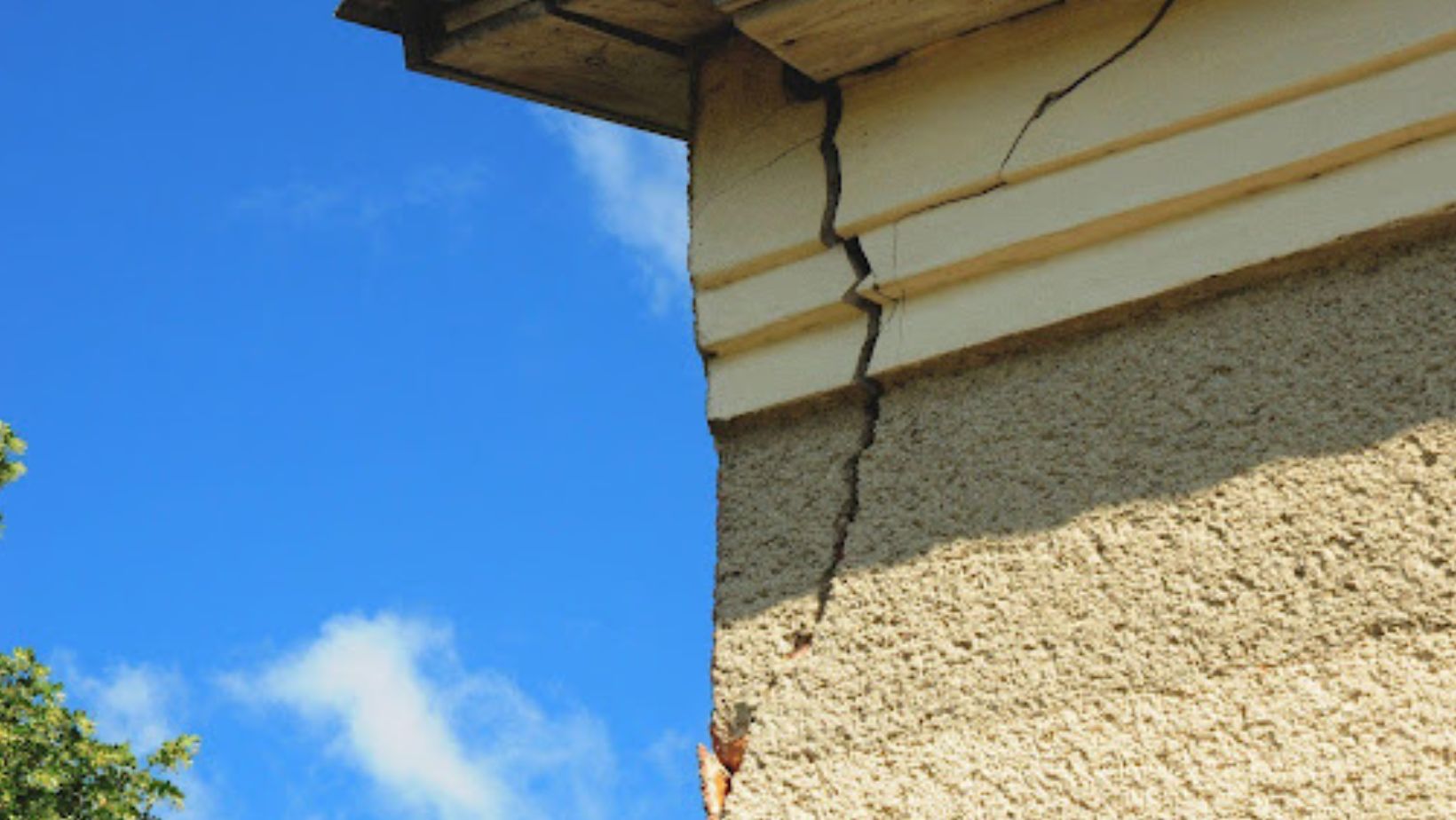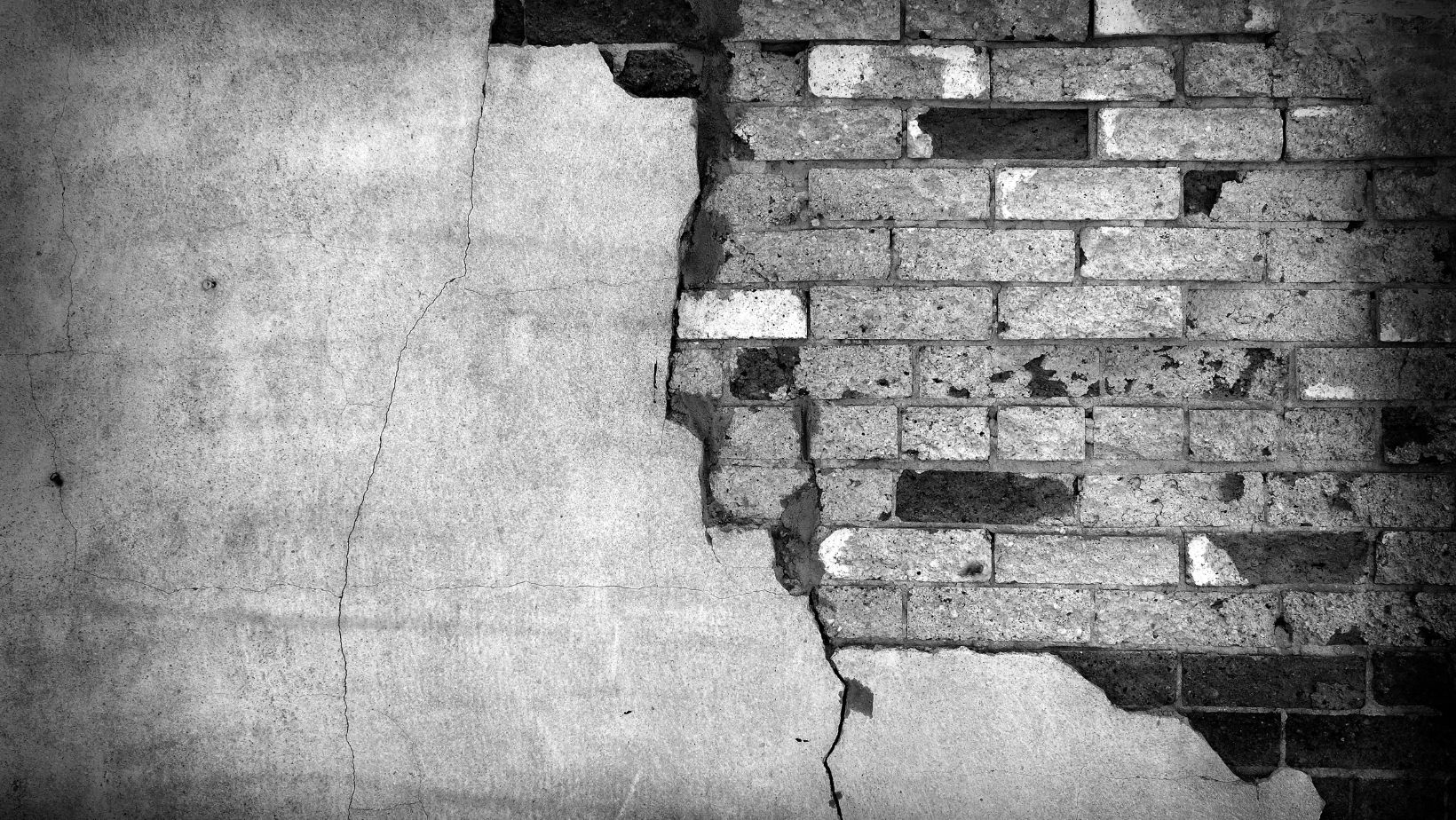
Stucco repair is a vital step in maintaining your home’s exterior and preventing further damage. Cracks in stucco often result from weather exposure, moisture, or structural shifts. Addressing these issues promptly not only restores curb appeal but also protects your property from costly repairs. Whether you tackle minor fixes yourself or hire a professional, understanding the causes and solutions for stucco damage secures long-term durability and aesthetic value.
A home’s exterior is its first impression, and stucco plays a key role in both aesthetics and protection. However, over time, cracks and damage can detract from its appeal and compromise structural integrity. Weather fluctuations, moisture infiltration, and other factors often lead to visible wear, making timely repairs essential. Ignoring these issues can result in more extensive damage, affecting both curb appeal and property value.
For homeowners facing stucco damage, understanding the repair process is crucial. Whether the damage is minor or requires professional intervention, stucco repair in Calgary addresses all concerns promptly. It enhances your home’s appearance and supports its long-term durability.
Understanding the Causes of Stucco Damage and How to Spot Them Early
Stucco is a durable and attractive material, but it’s not immune to wear and tear. Over time, various factors can lead to cracks, chips, or other forms of damage. Understanding these causes is the first step in addressing stucco issues effectively.
Common Causes of Stucco Damage
Several elements contribute to the deterioration of stucco, particularly in regions with fluctuating weather patterns. Here are the primary culprits:
- Moisture Infiltration: Water seeping behind stucco layers can weaken its structure and cause bubbling or flaking.
- Freeze-Thaw Cycles: Repeated freezing and thawing can expand small cracks, leading to more significant damage.
- Structural Movement: Minor shifts in a home’s foundation or framing can create stress points that result in cracks.
- Poor Installation: Subpar application during construction may lead to weak spots prone to early failure.
Signs Your Stucco Needs Attention
Identifying stucco damage early can prevent costly repairs down the line. Look for these telltale signs:
- Visible cracks, especially those wider than a hairline.
- Discoloration or stains on the surface, indicating water damage.
- Bubbling or peeling, which suggests moisture trapped beneath the surface.
- Loose or missing sections of stucco around windows, doors, or corners.
By understanding these causes and symptoms, homeowners can take proactive steps to address stucco issues before they escalate.
Why Professional Expertise Matters in Stucco Restoration
While some homeowners may consider tackling stucco repairs themselves, the complexity of the material often calls for professional intervention. Stucco is more than just a surface layer – it’s a system that interacts with your home’s structure and environment. Without the right knowledge and tools, even minor repairs can lead to further complications. Engaging experts ensures that the work adheres to industry standards while delivering lasting results.
The Limitations of DIY Stucco Repairs
Attempting to fix stucco without proper training can lead to unintended consequences. For instance:
- Improperly mixed materials may not adhere correctly, causing the repair to fail prematurely.
- Inadequate sealing can allow moisture to seep in, worsening existing damage over time.
- Without understanding the root cause of the issue, superficial fixes might only mask deeper problems.
These challenges highlight why many homeowners opt for professional assistance when dealing with significant cracks or widespread wear.
Advantages of Hiring Skilled Professionals
Experts bring specialized tools, techniques, and insights that go beyond what a DIY approach can achieve. Their experience allows them to:
- Accurately diagnose the underlying cause of stucco damage, whether it’s structural movement or environmental exposure.
- Use high-quality materials tailored to the specific needs of your home’s exterior.
- Make sure seamless blending of repairs with the existing stucco, preserving the aesthetic appeal.
Professional repairs also come with the assurance of durability, reducing the likelihood of recurring issues. This peace of mind is particularly valuable for homeowners who want to focus on enjoying their property rather than worrying about future maintenance.
Step-by-Step Guide to Addressing Stucco Cracks and Wear
Repairing stucco damage doesn’t have to be overwhelming. With a clear plan in place, homeowners can systematically address cracks and wear to restore their home’s exterior.
Whether you’re preparing for a professional repair or handling minor fixes yourself, following these steps will make sure the process is effective and efficient.
Step 1: Assess the Extent of the Damage
Before beginning any repairs, it’s crucial to evaluate the severity of the issue. A thorough inspection will determine whether the damage is superficial or indicative of deeper problems.
- Look for patterns, such as multiple cracks in the same area, which may suggest structural stress.
- Check for moisture intrusion by feeling for dampness behind the stucco or observing interior walls for signs of water stains.
- Document the areas that need attention to prioritize repairs effectively.
This initial assessment helps set the stage for targeted solutions rather than guesswork.
Step 2: Clean and Prepare the Damaged Area
Proper preparation is key to ensuring repairs adhere correctly and last longer. Start by cleaning the damaged section to remove dirt, loose material, or debris.
- Use a wire brush to gently scrub away crumbling stucco without damaging surrounding areas.
- Rinse the surface with water to eliminate dust and residue, allowing it to dry completely before proceeding.
- For larger repairs, consider applying a bonding agent to promote adhesion between old and new materials.
Step 3: Apply the Repair Material
Once the area is ready, it’s time to apply the repair material. This step requires precision and attention to detail.
- Use a high-quality stucco mix that matches the texture and color of your existing finish.
- Apply the material in thin layers, allowing each layer to dry before adding the next to prevent cracking.
- Smooth the final layer with a trowel to create a seamless transition with the surrounding stucco.
For minor cracks, a pre-mixed stucco patch compound can simplify the process. However, for extensive damage, this step often benefits from professional expertise.
Step 4: Seal and Protect the Repaired Area
After completing the repair, sealing the surface is essential to prevent future issues. A good-quality sealant acts as a barrier against moisture and environmental factors.
- Choose a breathable sealant that allows trapped moisture to escape while blocking external water infiltration.
- Apply the sealant evenly using a brush or roller, securing full coverage of the repaired area.
- Allow the sealant to cure according to the manufacturer’s instructions before exposing it to harsh weather conditions.
By sealing the stucco, you enhance its resilience and extend its lifespan, making this step a worthwhile investment.
Proactive Maintenance for Long-Lasting Stucco
Stucco repair is not just about fixing cracks – it’s about preserving your home’s integrity and aesthetic appeal. By addressing damage early, homeowners can prevent costly issues and maintain their property’s value. Regular inspections, prompt repairs, and proper sealing are simple yet effective ways to extend the life of stucco.
Remember, professional expertise can make a significant difference in achieving durable results. With the right care, stucco repair secures your home remains resilient against the elements while enhancing its curb appeal for years to come.




